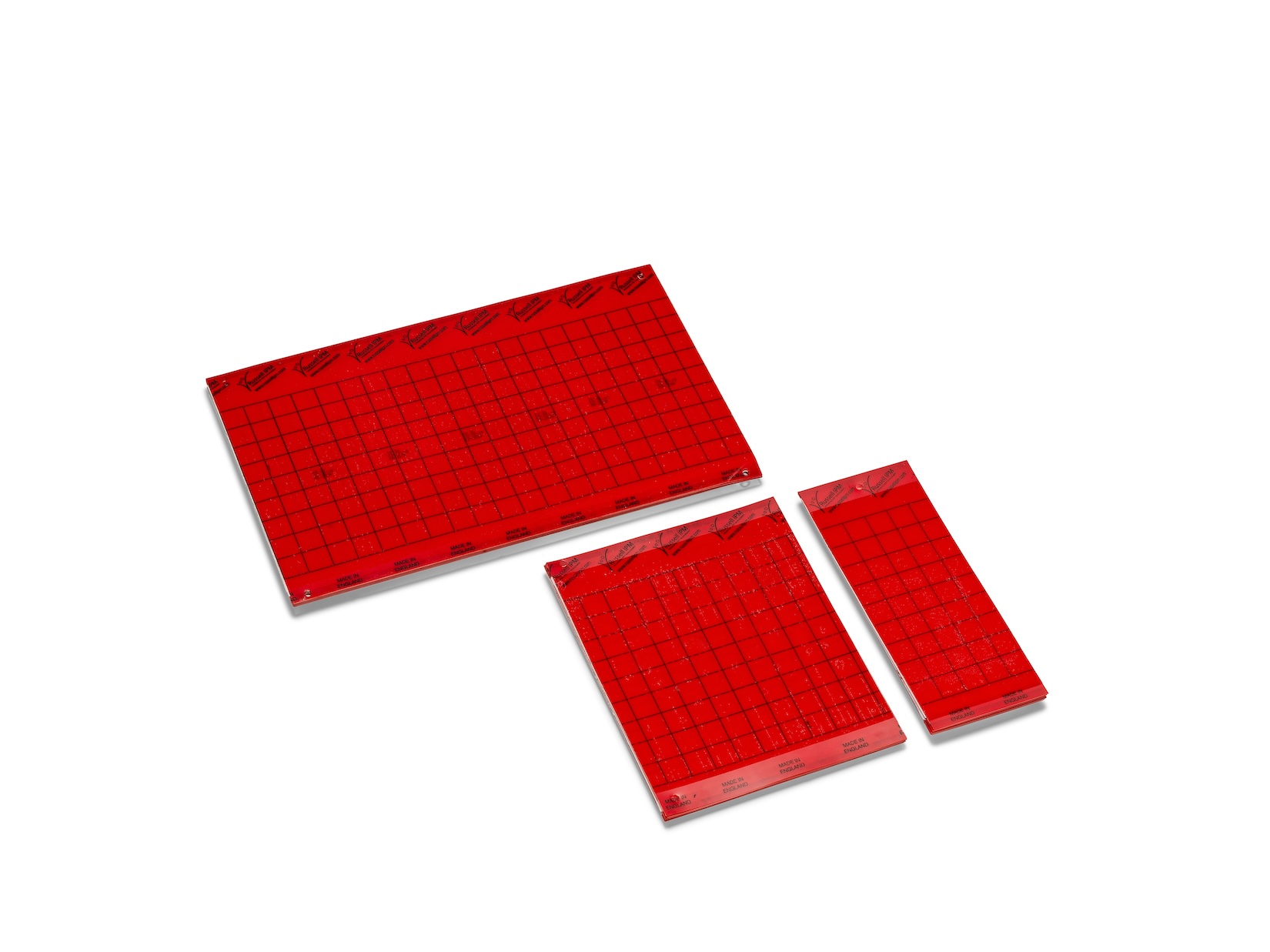Trap Selection
Russell IPM offers a choice of two trap types to suit purpose and preference.
Suzukii trap
The Suzukii trap is a robust trap for mass trapping SWD
- Red colour is highly attractive to SWD
- Versatile, can be used with SWD blister pack lures and/or MaxDro liquid lure
- Multiple entry points to maximise SWD trap catch
- Tapered entry points to reduce non-target species
- Flat bottom for easy stacking and storage
- Robust, weatherproof, re-usable trap
Red Impact board sticky trap
The red impact board makes identification of male SWD easy, eliminating the need to sieve through liquid. Red is a highly attractive colour for SWD, and coupled with the SWD dry lure the Russell IPM red Impact traps are a practical, easy to use solution to SWD monitoring.
- Use with SWD dry lure (lures can be moved between traps until the liquid runs out)
- Ready to use
- Male SWD are easily identified at first glance
- Available with grid pattern for ease of counting
- Easy and effective monitoring
- Early warning indication of pest build up
Trap Density
Before cropping, place 80-100 Suzukii traps per hectare around the edge of the crop at 2-10m intervals. As the cropping season progresses, increase the trap density and move traps into the crop, using one trap per 200m2. Traps and lures can also be placed in woodland areas overwinter to reduce overwintering SWD populations.
Trap Position
Hang the trap on a branch or crop wire at mid canopy height near fruit, in shaded areas in top or bush fruit. Place just above canopy height in strawberry.
Data and Interpretation
Monitor for SWD throughout the year. They migrate to nearby dense hedgerows and woodlands to overwinter when fruit crops are unavailable.
Set and maintain traps around the perimeter of the crops in early season to reduce invasion into the crop early in the season.
If SWD are present in the traps around the perimeter when the fruit is developing, then two traps per hectare should be added inside the crop roughly 10 m from the perimeter, in order to test how well the control methods are working.
Decisions on pesticide application should not be taken solely on the trap catch data. Climatic and biological considerations should be taken in account.




